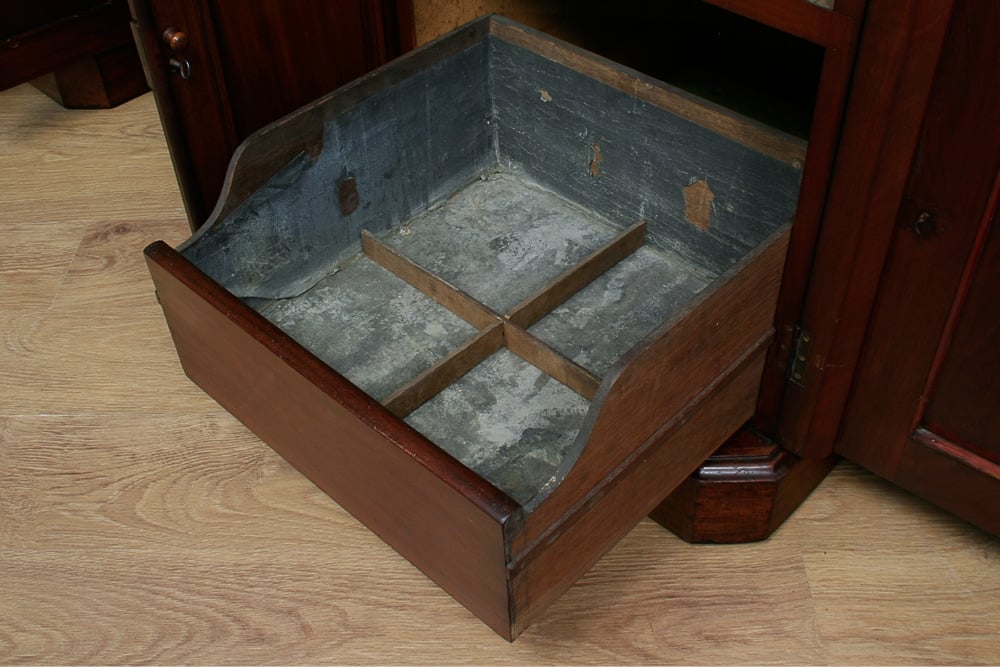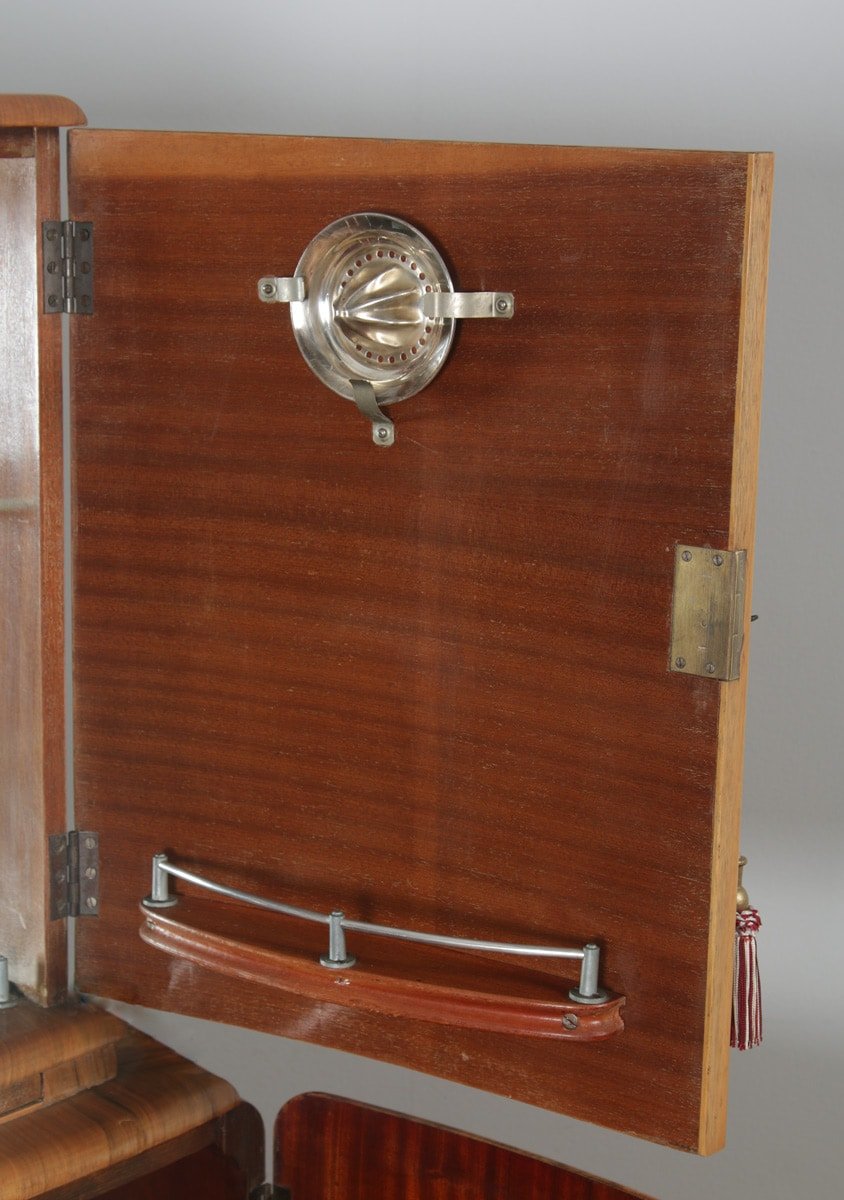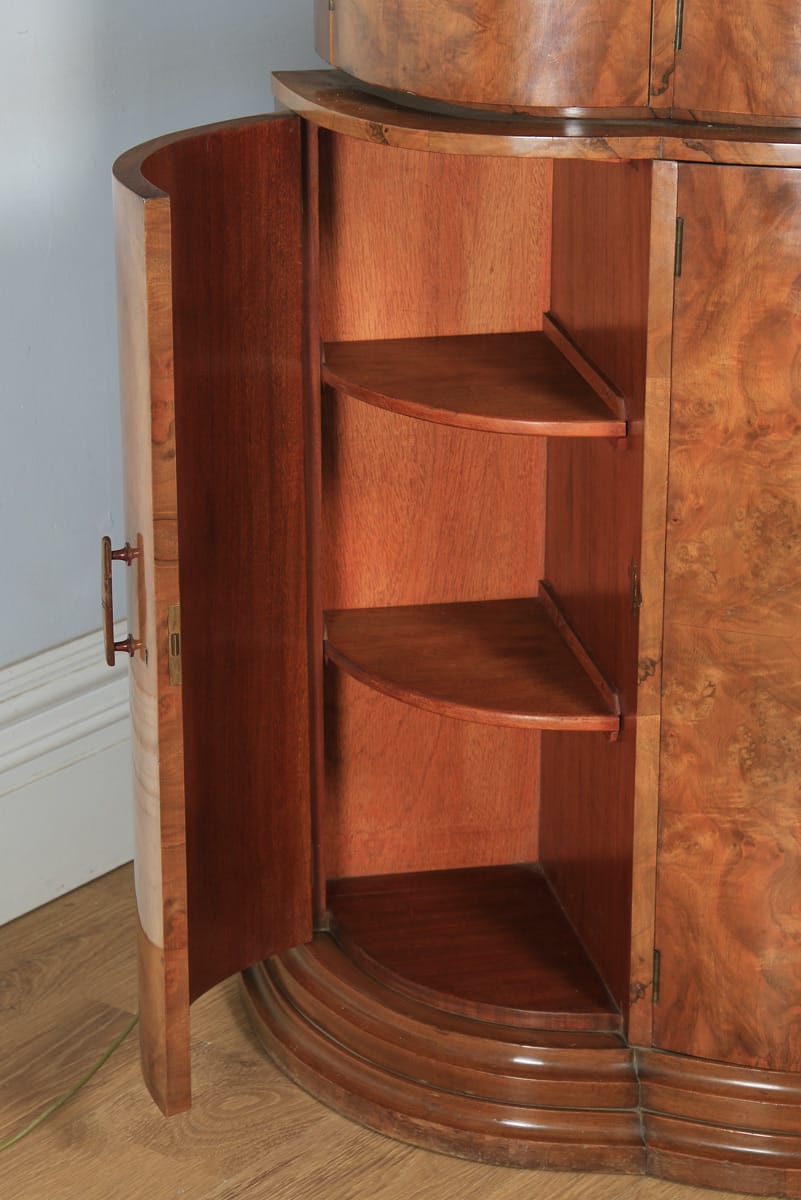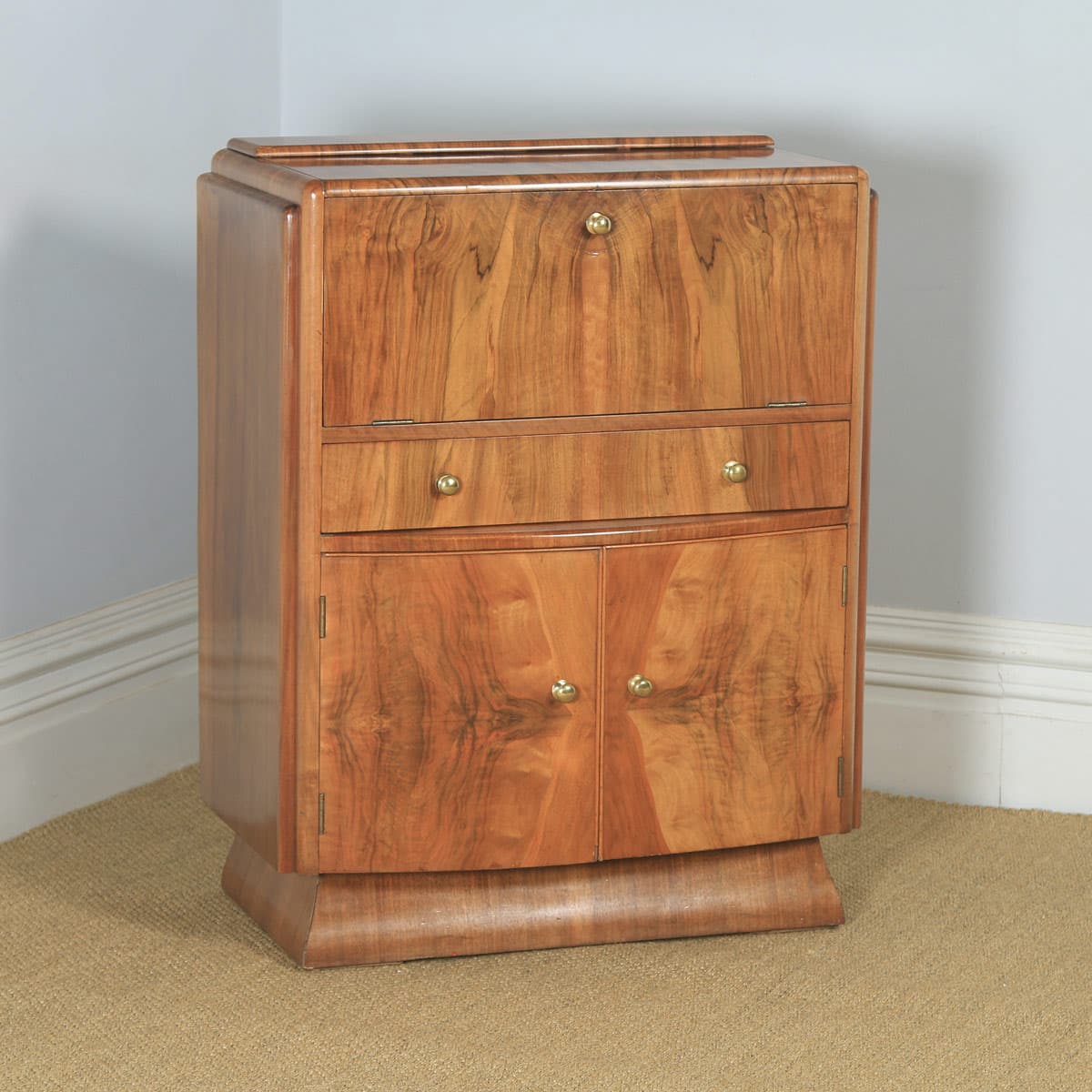Uncategorised
Cocktail Cabinets and the Fine Art of Drinking at Home

Last week revellers would have celebrated Ireland’s patron saint with a few tipples. But with the COVID-19 pandemic, Ireland’s pubs were shut on the day. In the UK any hopes for a weekend celebration out for Mother’s Day were cancelled as restaurants and pubs were ordered closed.
Instead of the usual celebrations out – parades, enjoying several pints with friends, roast dinners at the pub, afternoon tea with a glass of prosecco for Mum – this year’s celebrations were more personal, at home. And as the call for social distancing increases, if you’re going to be stuck inside, you might as well drink in style.
With home drinking the issue of storage pops up.
Where to keep everything? Keeping all spirits and glasses as well as the accoutrements together saves a painful rummage through drawers and cupboards when all you want is a cocktail to unwind after a long day. Can you have it all on display? Or is it better locked away, to keep the grown children from nicking another bottle of wine when they pop by for a visit?
The cocktail cabinet is in so many ways an ideal home furnishing, at once a pleasing visual statement for the room and a practical piece to stow away all you need for a gathering or a good night in. Business in the day, party at night, as it were. A well-stocked cabinet brings to mind thoughts of James Bond, cheerfully clinking glasses and sophisticated gatherings. Or the simple joy of a night cap in the calm of the evening.

An internal cellarette drawer from our Sold Archive.
Their precursor, the cellarette, was a more confined contraption. A lidded and lockable box on legs, they had handles and some later ones featured castors. They could easily be moved about when needed then stowed away, usually underneath a sideboard. This freed up space while providing a protected place to store wine. Additionally, they could cool the wine in lead-lined compartments. Early ones were simpler designs, but in the Regency period ornate sarcophagus cellarets briefly became popular. As time moved on and trends changed, the cellarette was replaced by a dedicated drawer or cupboard in some sideboards, removing the need for a separate piece of furniture.


By comparison to the portability of the cellarette, the cocktail cabinet of the Art Deco period boldly stands out, taking its place firmly in the room it is placed. The craftsmanship and ingenuity which goes into their design is to be marvelled at – space accounted for for every item needed, all things to hand so no moment is wasted <>/in the search for a shaker or martini pick.
But are drinks cabinets still fashionable?
While the millennial generation is drinking less, the craftsmanship of these cabinets still stands strong. While in their heyday owners might have been aghast to see them used so, their ingenious use of space and clever storage allows them to be purposed as elegant storage for other special items.

The doors can be closed to tidy away everything, leaving the beautifully worked veneers to enhance the room. When the doors are opened, mirrored insides create an illusion of depth and allow crafted bottles and glasses to be viewed from all angles. Features such as pop-up compartments and fold-down trays allow preparation and storage to mingle in one quite appealing piece. Modern innovation means some drinks cabinets come with lights that come on when doors are opened to help easily locate the bottle you want, but switch off once closed (all cabinets featuring these lights are tested when they arrive, rewired if needed and then PAT tested).


